Pocket >> Palm >> Perform
IoT Supported
With NFC Technology
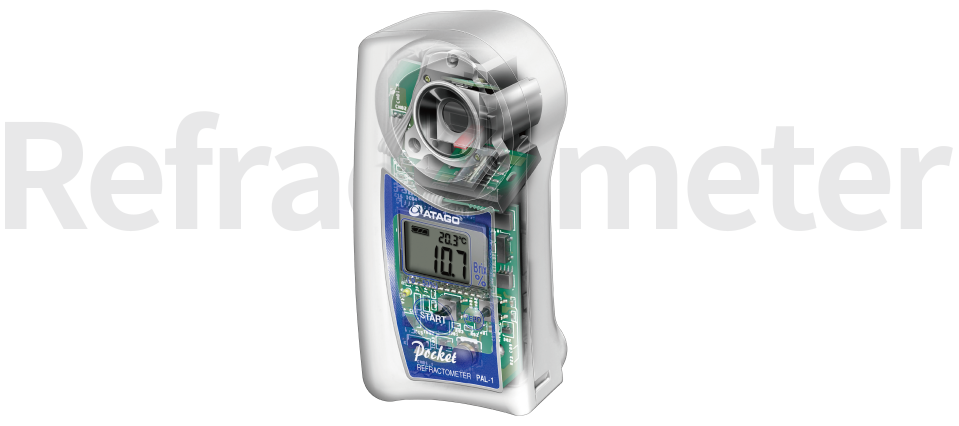
Pocket Refractometer
PAL™Series

Technical Specifications
| Model | PAL-33S | PAL-34S | PAL-36S | PAL-37S | PAL-131S | PAL-85S |
|---|---|---|---|---|---|---|
| Cat No | 4433 | 4434 | 4436 | 4437 | 4530 | 4485 |
| This model is suitable for measuring the concentration of ethyl alcohol water solution(ml/100ml) | This model is suitable for measuring the concentration of ethylalcohol water solution(g/100g) | This model is suitable for measuring the concentration of methyl alcohol water solution(g/100g) |
This is for measuring the concentration of Isopropyl alcohol water solution by g/100g. |
This is for measuring the concentration of Isopropyl alcohol water solution by ml/100ml. |
This is for measuring the concentration of Polyvinvyl alcohol water solution by g/100g. |
|
| Scale | Ethyl Alcohol (mL/100mL) Temperature |
Ethyl Alcohol (g/100g) Temperature |
Methyl Alcohol (g/100g) Temperature |
Isopropyl Alcohol (g/100g) Temperature |
Isopropyl Alcohol (mL/100mL) |
Polyvinyl Alcohol (g/100g) |
| Measurement Range | Ethyl Alcohol : 0.0 to 53.0% Temperature : 5.0 to 30.0゚C |
Ethyl Alcohol : 0.0 to 45.0% Temperature : 10.0 to 35.0゚C |
Methyl Alcohol : 0 to 35% Temperature : 10.0 to 35.0゚C |
Isopropyl Alcohol : 0.0 to 60.0% Temperature : 10.0 to 35.0゚C |
Isopropyl Alcohol 0.0 to 20.0% Temperature 10℃ to 35゚C |
Polyvinyl Alcohol 0.0 to 20.0% Temperature 10℃ to 35゚C |
| Resolution | Ethyl alcohol : 0.5% Temperature : 0.1゚C |
Ethyl Alcohol : 0.5% Temperature : 0.1゚C |
Methyl Alcohol : 1% Temperature : 0.1゚C |
Isopropyl Alcohol : 0.2% Temperature : 0.1゚C |
Isopropyl Alcohol : 0.1% Temperature : 0.1゚C |
Polyvinyl Alcohol : 0.1% Temperature : 0.1゚C |
| Measurement Accuracy | Ethyl Alcohol : ±1.0% Temperature : ±1゚C |
Ethyl Alcohol : ±1.0% Temperature : ±1゚C |
Methyl Alcohol : ±2% Temperature : ±1゚C |
Isopropyl Alcohol : ±0.6% (0 to 30%) to ±1.6%(60%) Temperature : ±1゚C |
Isopropyl Alcohol : ±0.6% (0 to 30%) to ±1.6%(60%) Temperature : ±1゚C |
Polyvinyl Alcohol : ±2% Temperature : ±1゚C |
| Temperature compensation range | 5℃ to 30゚C (Automatic Temperature Compensation) |
10℃ to 35゚C (Automatic Temperature Compensation) |
10℃ to 35゚C (Automatic Temperature Compensation) |
10℃ to 35゚C (Automatic Temperature Compensation) |
10℃ to 35゚C (Automatic Temperature Compensation) |
10℃ to 35゚C (Automatic Temperature Compensation) |
| Ambient Temperature | 10℃ to 30℃ | 10℃ to 35゚C | 10℃ to 35゚C | 10℃ to 35゚C | 10℃ to 35゚C | 10℃ to 35゚C |
| Sample Volume | 0.3 mL | 0.3 mL | 0.3 mL | 0.3 mL | 0.3 mL | 0.3 mL |
| Measurement Time | 3 seconds | 3 seconds | 3 seconds | 3 seconds | 3 seconds | 3 seconds |
| Power Supply | 2 x AAA Batteries | 2 x AAA Batteries | 2 x AAA Batteries | 2 x AAA Batteries | 2 x AAA Batteries | 2 x AAA Batteries |
| Battery Life | Approx. 11,000 times measurement (when alkaline batteries are used) |
Approx. 11,000 times measurement (when alkaline batteries are used) |
Approx. 11,000 times measurement (when alkaline batteries are used) |
Approx. 11,000 times measurement (when alkaline batteries are used) |
Approx. 11,000 times measurement (when alkaline batteries are used) |
Approx. 11,000 times measurement (when alkaline batteries are used) |
| International Protection Class | IP65 Dust-tight and Protected against water jets. | IP65 Dust-tight and Protected against water jets. | IP65 Dust-tight and Protected against water jets. | IP65 Dust-tight and Protected against water jets. | IP65 Dust-tight and Protected against water jets. | IP65 Dust-tight and Protected against water jets. |
| Dimensions & Weight | 55(W) x 31(D) x 109(H)mm, 100g (Main Unit only) | 55(W) x 31(D) x 109(H)mm, 100g (Main Unit only) | 55(W) x 31(D) x 109(H)mm, 100g (Main Unit only) | 55(W) x 31(D) x 109(H)mm, 100g (Main Unit only) | 55(W) x 31(D) x 109(H)mm, 100g (Main Unit only) | 55(W) x 31(D) x 109(H)mm, 100g (Main Unit only) |
|
Ethyl alcohol, also known as ethanol, is a type of alcohol that is commonly used in a variety of applications. Here are some key points about ethyl alcohol:
It's important to note that while ethanol has various uses, excessive consumption can be harmful. Ethanol is also subject to regulations and legal restrictions in many places. If you have a specific question or if there's something specific you'd like to know about ethyl alcohol, please provide more details. |
Ethyl alcohol, also known as ethanol, is a type of alcohol that is commonly used in a variety of applications. Here are some key points about ethyl alcohol:
It's important to note that while ethanol has various uses, excessive consumption can be harmful. Ethanol is also subject to regulations and legal restrictions in many places. If you have a specific question or if there's something specific you'd like to know about ethyl alcohol, please provide more details. |
Methyl alcohol, also known as methanol, is a type of alcohol with the chemical formula CH₃OH. It is the simplest alcohol, consisting of a methyl group (CH₃) linked to a hydroxyl group (OH). Methanol is a colorless, volatile liquid with a slightly sweet odor. Here are some key points about methyl alcohol:
It's important to handle methanol with care due to its toxicity. In industrial and laboratory settings, proper safety measures should be observed, including the use of personal protective equipment and adequate ventilation. The use of methanol in consumer products is regulated to ensure safety. |
Isopropyl alcohol, also known as isopropanol, is a common and widely used alcohol with the chemical formula C₃H₈O. It is a colorless, flammable liquid with a strong odor. Isopropyl alcohol has a variety of applications, including in industry, medicine, and household settings. Here are some key points about isopropyl alcohol:
It's important to use isopropyl alcohol in accordance with recommended guidelines and safety precautions. For specific applications, such as medical use or electronic cleaning, it's advisable to follow the instructions provided by relevant authorities or manufacturers. |
Isopropyl alcohol, also known as isopropanol, is a common and widely used alcohol with the chemical formula C₃H₈O. It is a colorless, flammable liquid with a strong odor. Isopropyl alcohol has a variety of applications, including in industry, medicine, and household settings. Here are some key points about isopropyl alcohol:
It's important to use isopropyl alcohol in accordance with recommended guidelines and safety precautions. For specific applications, such as medical use or electronic cleaning, it's advisable to follow the instructions provided by relevant authorities or manufacturers. |
Polyvinyl alcohol (PVA) is a synthetic polymer that is water-soluble. It is made through the polymerization of vinyl acetate, followed by hydrolysis to remove the acetate groups. Polyvinyl alcohol is used in a variety of applications due to its unique combination of properties, including its ability to dissolve in water and form a clear, colorless, and flexible film. Here are some key points about polyvinyl alcohol:
Polyvinyl alcohol is a versatile polymer with applications in diverse industries due to its water-solubility, film-forming ability, and adhesive properties. The specific properties of PVA can be tailored by adjusting its molecular weight, degree of hydrolysis, and other parameters during its production. |
PAL Commitment
A new ergonomic design for comfort and ease of use! In pursuit of an "easy to use" , "easy to operate" and ergonomic architecture of new instruments, ATAGO has achieved a "palm fitting" masterpiece as well as unit that is high in hygienic properties. By reducing the number of unnecessary assembly parts, we have reduced the risks of a germ reproductive environment. Through our efforts to produce a hygienic instrument to be used in any industry, these units are designed to be completely washable. The new PAL series has been approved by the HACCP, and are equipped with the new ELI feature, which ensures accurate measurements - even outdoors. Requests from our customers worldwide are reflected in the development of the new PAL units
ATAGO Releases NFC (Near Field Communication) Equipped Refractometers
In addition to the Bluetooth enabled refractometers, ATAGO ® released refractometers with near-field communication (NFC) technology for the ease of storing and sharing data with phones, tablets, laptops, and other NFC-equipped devices. Simply by tapping NFC-equipped devices, up to 100 measurement data with the date and time are transferred in a matter of seconds. The NFC solution is simpler and prevents typical human errors in data collection and data generation.
With ever evolving movement of profound change in how human interact with machine automation, this upgrade seizes one’s time to write down measurements with a pen or paper.
How to Use NFC Feature on PAL:
Quick and easy three steps
- For cellphones, download NFC reader app or turn on the NFC feature. For computers, connect the NFC reader.
- Place NFC reader to the PAL device.
- Download data
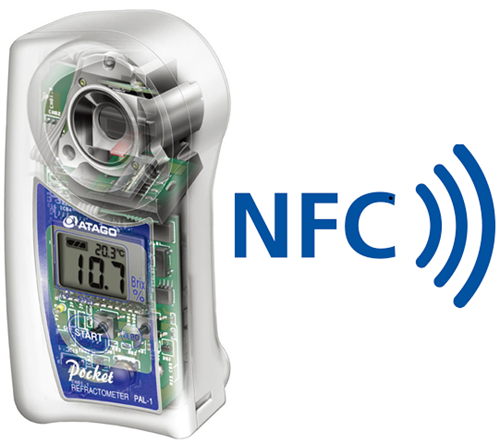 |
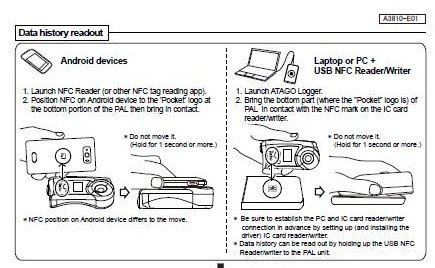 |
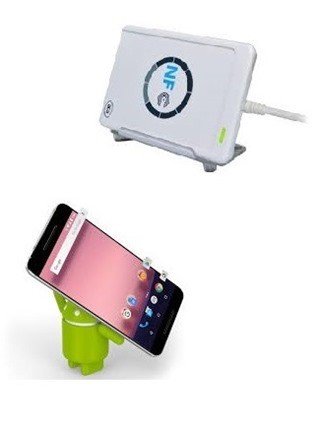 |
Measurement Methods In 3 Easy Steps
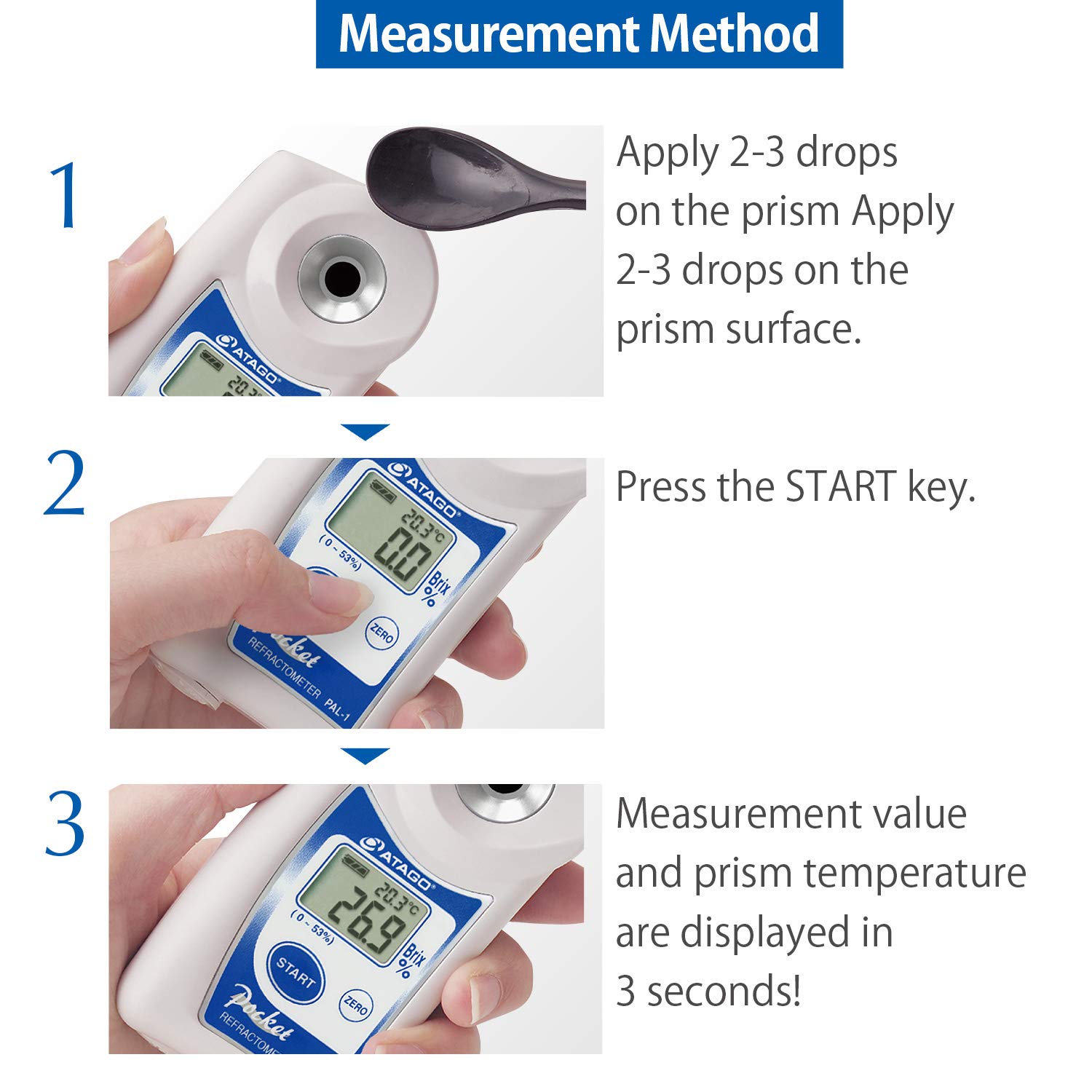
Other Features
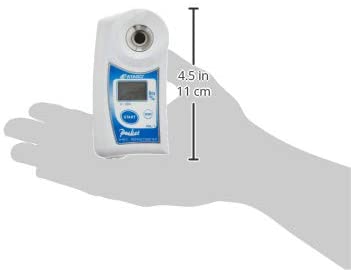 |
Light & Compact, 100g. Ergonomically designed for one-handed operation. The innovative design makes it easy to pour out and remove a sample, but difficult to spill the sample | 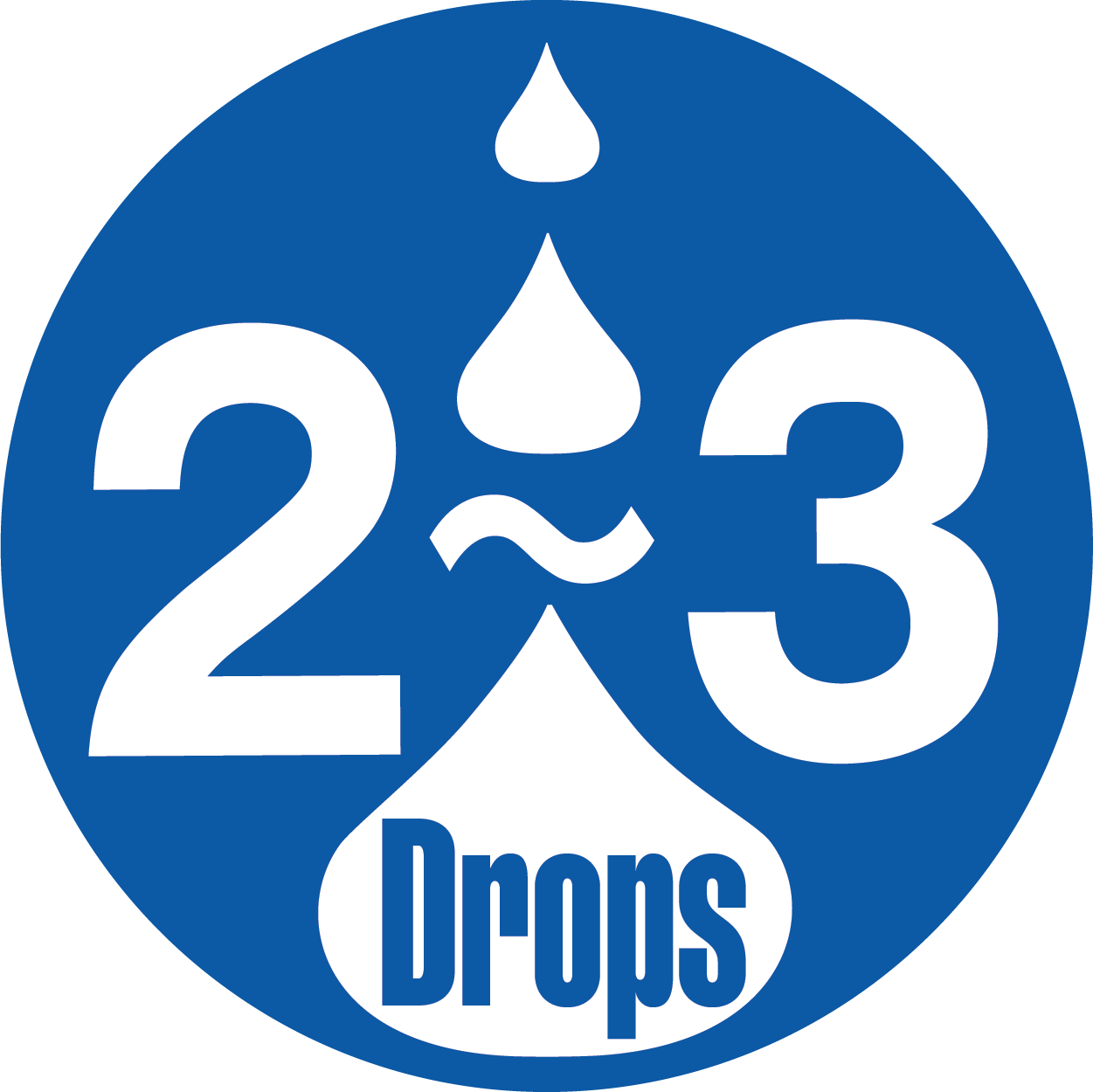 |
Sample size 2-3 drops. |
 |
The speedy performance of the PAL is amazing. Simply put a drop of a sample on the prism surface and press the START key. The Brix value ( sugar content/concentration) will be displayed in just 3 seconds. | 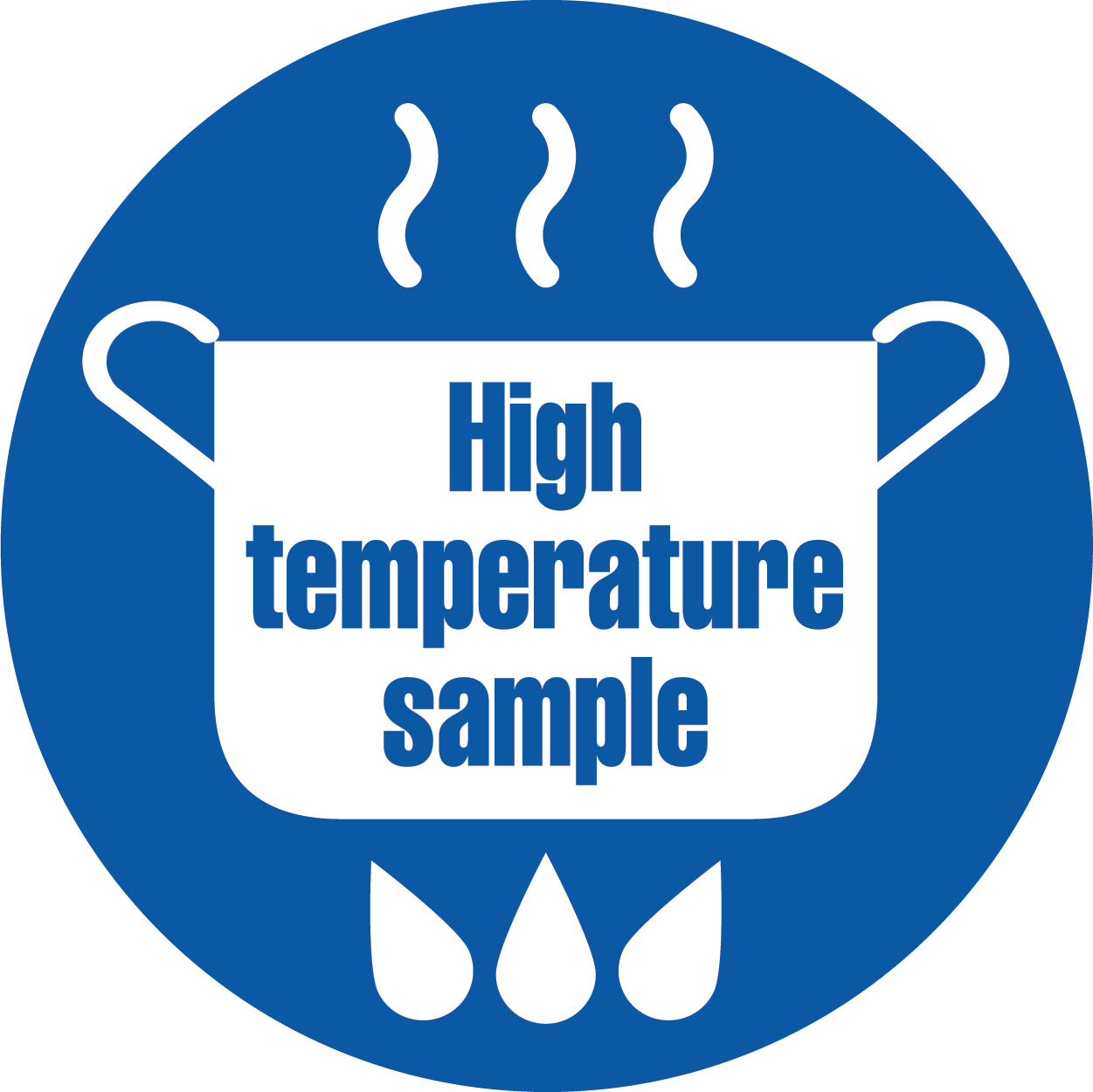 |
High-temperature samples can be measured. |
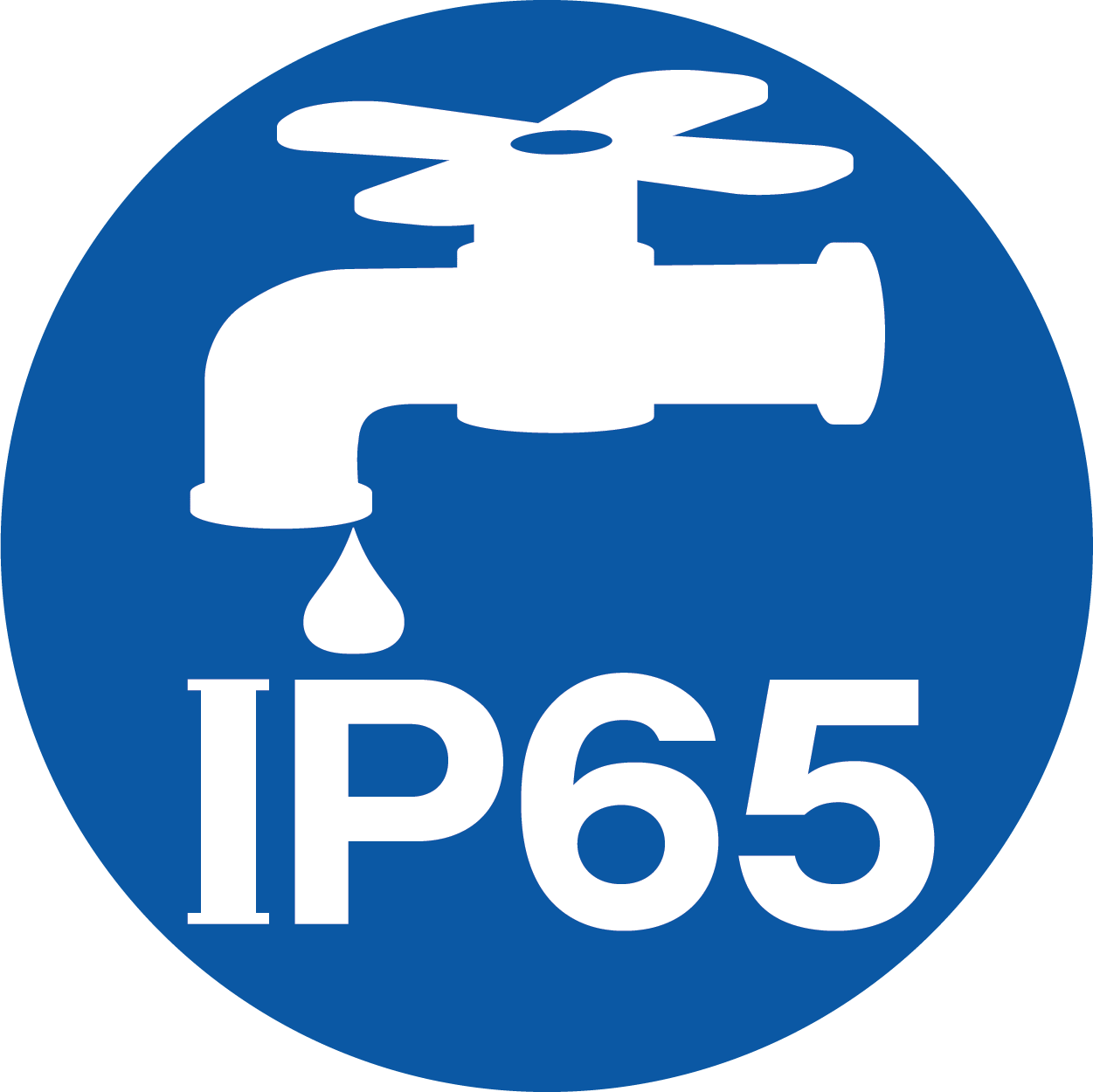 |
The protection class of the PAL is IP65. You can rinse off the sample by running water on the sample stage. The design allows the user to easily wipe off the sample. Will float if accidentally dropped in water |  |
Revolutionary new External Light interference (ELI) feature Patented When intense light penetrates the prism of a digital refractometer, the light waves interfere with the sensor, which may lead to inaccurate measurements. To ensure accurate measurement results, the PAL is programmed with the ELI function which displays the [nnn] warning message when intense direct light is detected. Forming a habit of shading the sample stage with your hand and re-pressing the START key (when the warning message from the ELI function is displayed) will ensure accurate measurement results each time |
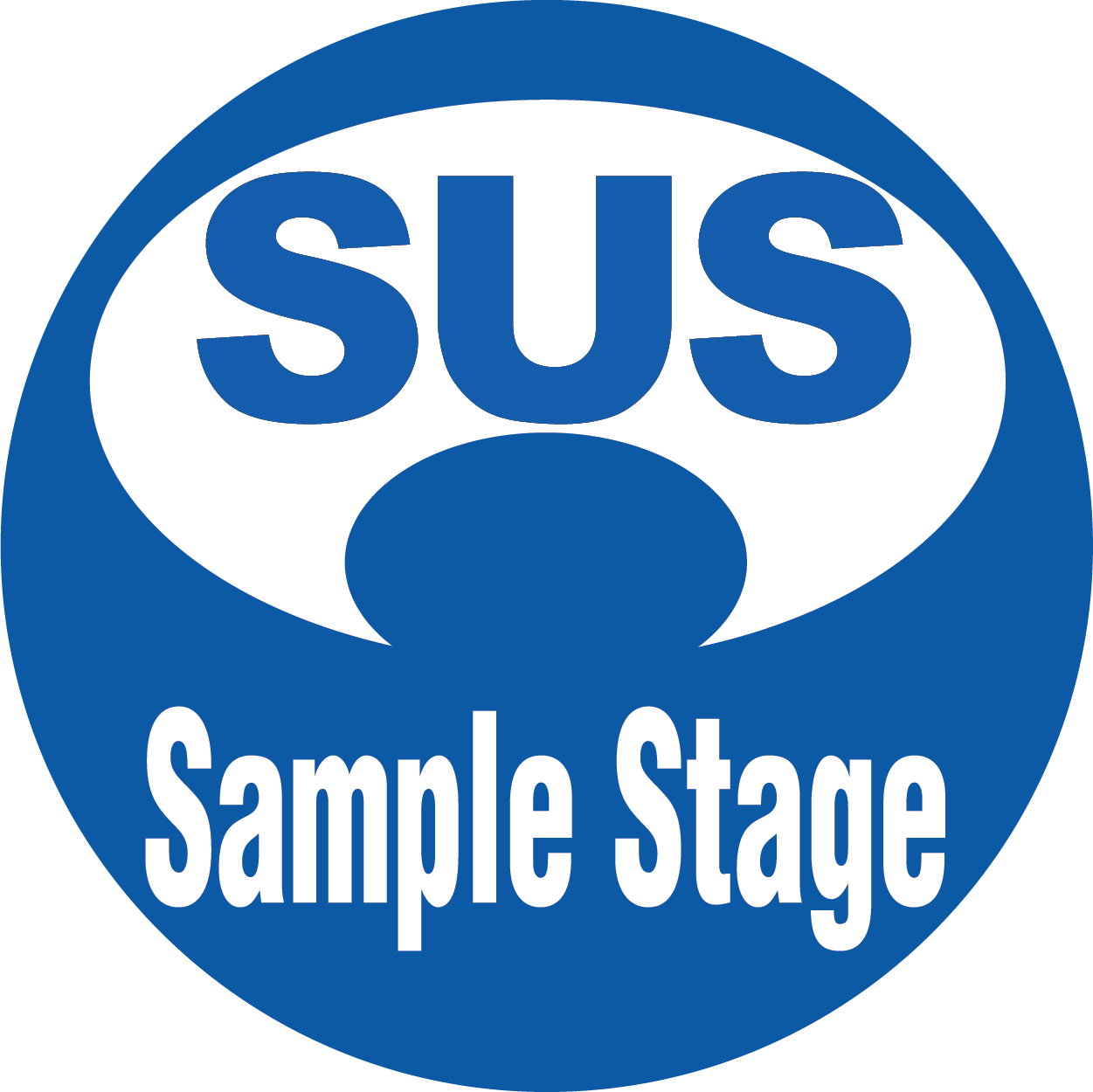 |
The sample stage is designed to keep sample solutions from spilling out. | 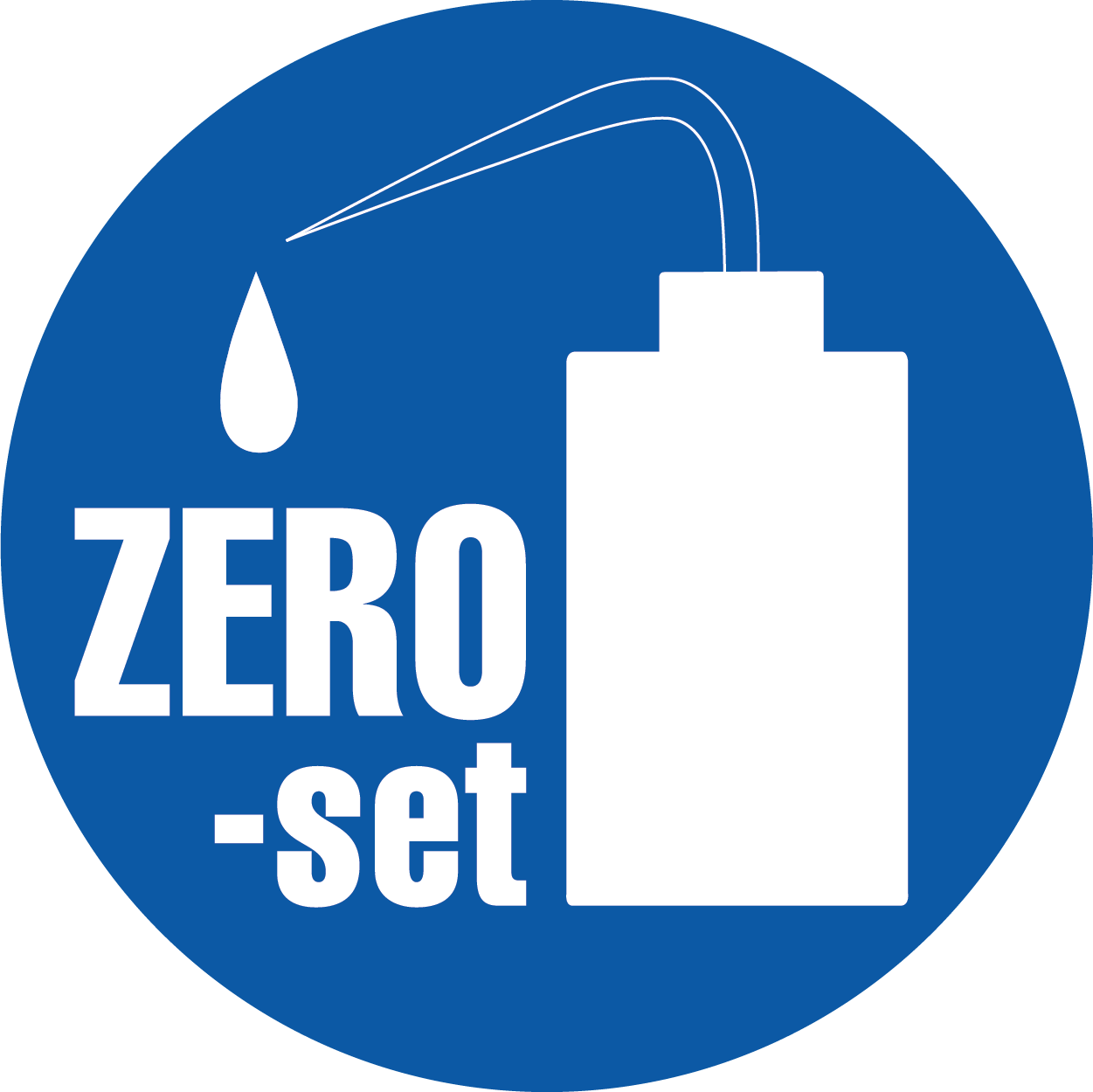 |
Calibration with water only. |
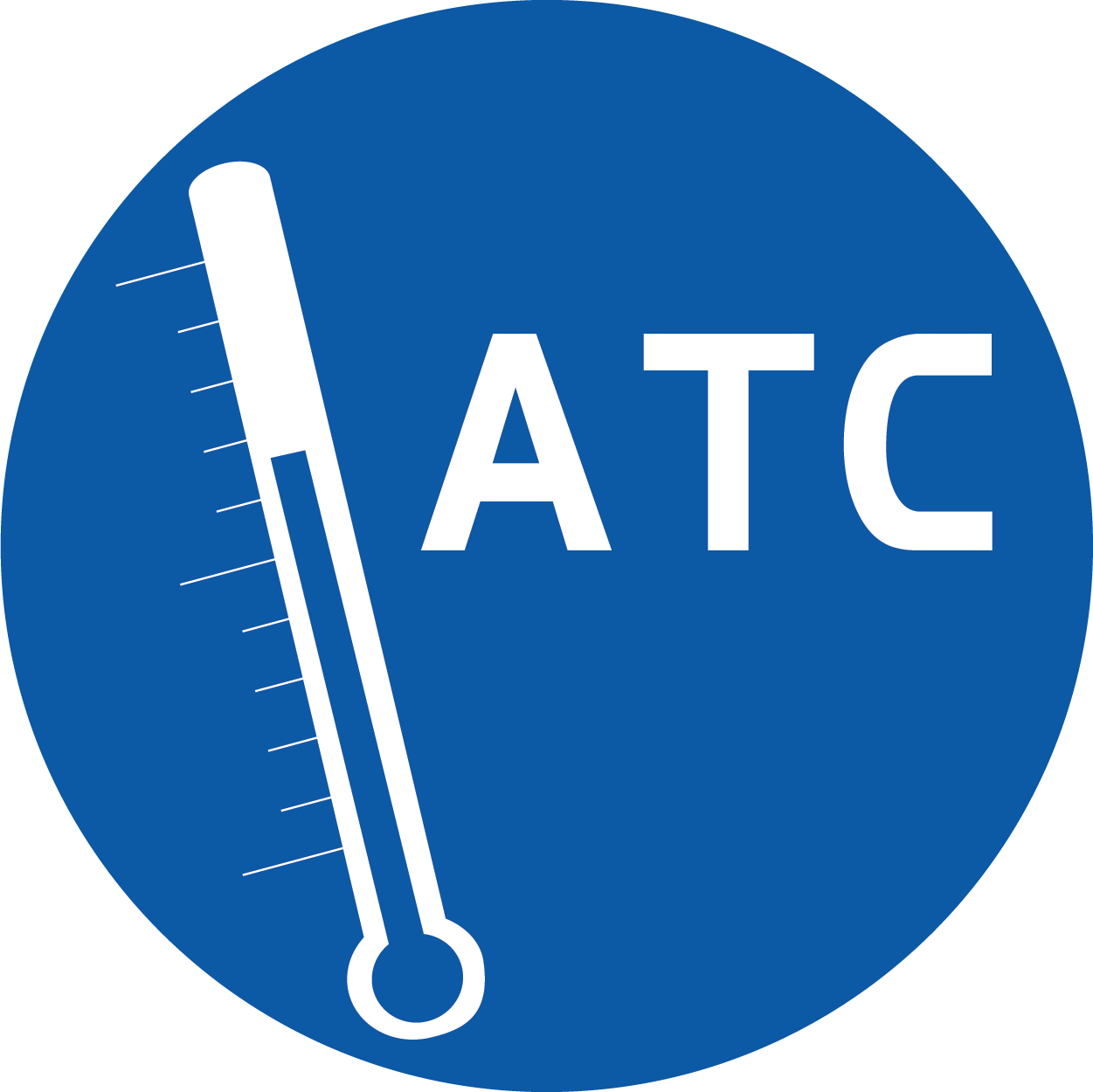 |
The Automatic Temperature Compensation function of the PAL enables you to take measurement readings regardless of the ambient temperature. | 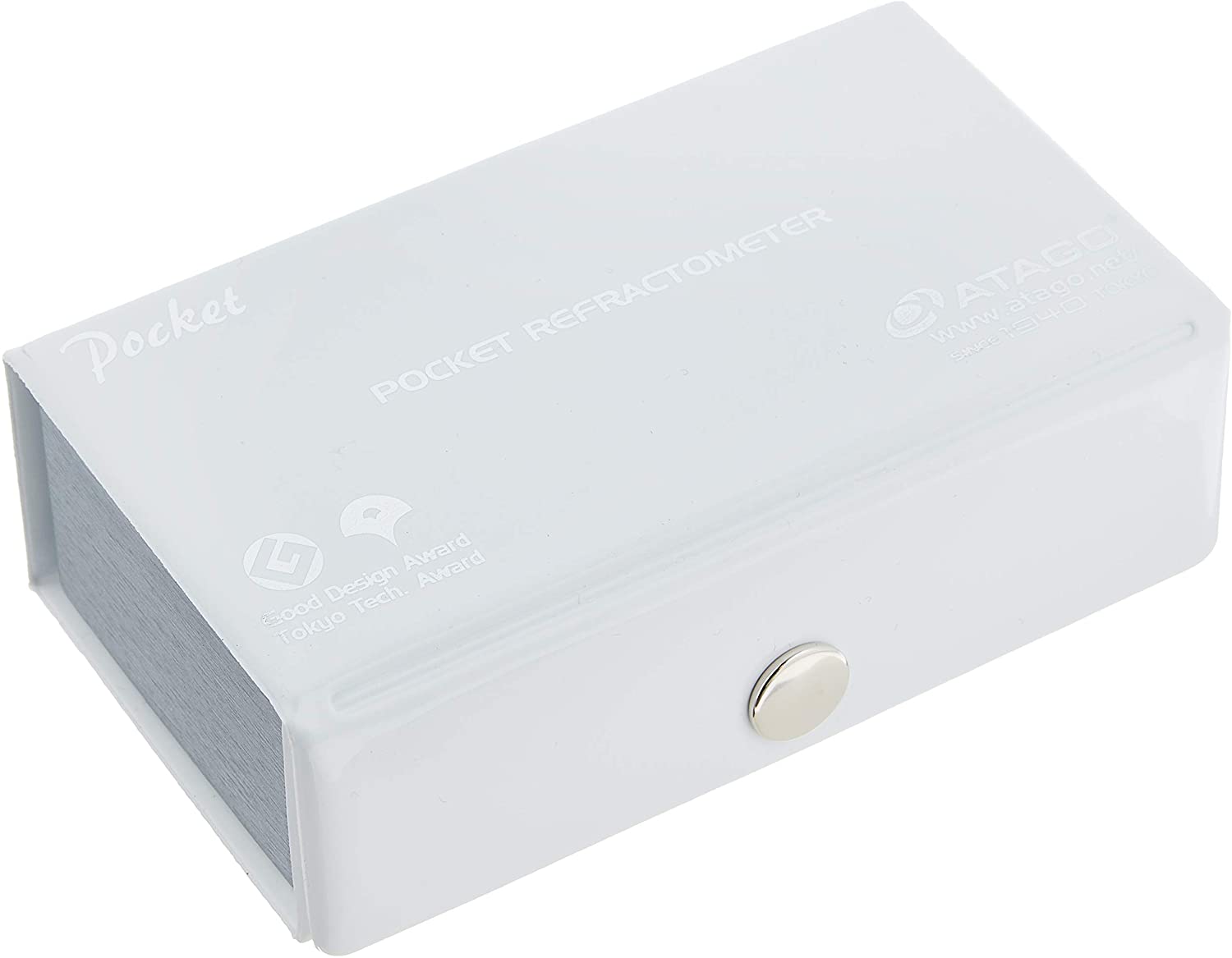 |
Convenient Storage case. |
 |
New Digital Hand-Held "Pocket" Meter for PAL-Series Equipped with NFC Data Transmission Function Data history can be accessed by bringing PAL-NFC to any Android devices or PC-linked USB NFC Reader. *The Certification Mark is a trademark or registered trademark of NFC Forum, Inc. in the United States and in other countries. |
  |
Mode S™ - improves the repeatability of samples that cause inconsistent readings. |
-
ManufacturerAtago Co Ltd
-
Country of OriginJapan
-
TypeEthyl Alcohol (mL/100mL), Ethyl Alcohol (g/100g), Methyl Alcohol, Isopropyl Alcohol (g/100g), Isopropyl Alcohol (mL/100mL), Polyvinyl Alcohol
-
ModelPAL-33S, PAL-34S, PAL-36S, PAL-37S, PAL-131S, PAL-85S
-
Measurement RangeEthyl Alcohol : 0.0 to 53.0% Temperature : 5.0℃ to 30.0゚C, Ethyl Alcohol : 0.0 to 45.0% Temperature : 10.0℃ to 35.0゚C, Methyl Alcohol : 0 to 35% Temperature : 10.0℃ to 35.0゚C, Isopropyl Alcohol : 0.0 to 60.0% Temperature : 10.0℃ to 35.0゚C, Isopropyl Alcohol 0.0 to 20.0% Temperature 10℃ to 35゚C, Polyvinyl Alcohol 0.0 to 20.0% Temperature 10℃ to 35゚C


























